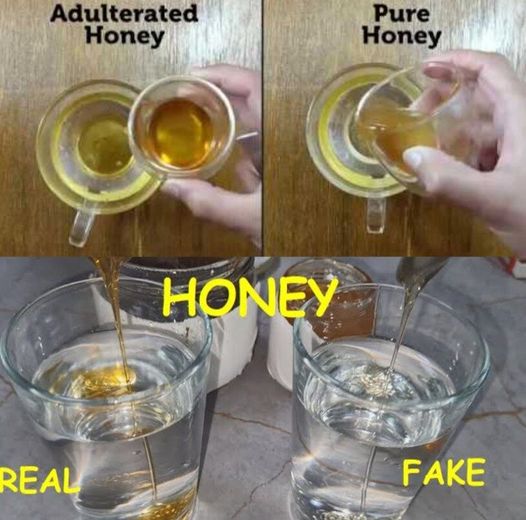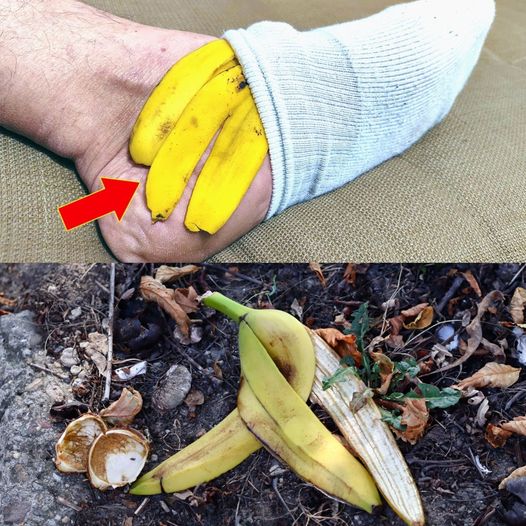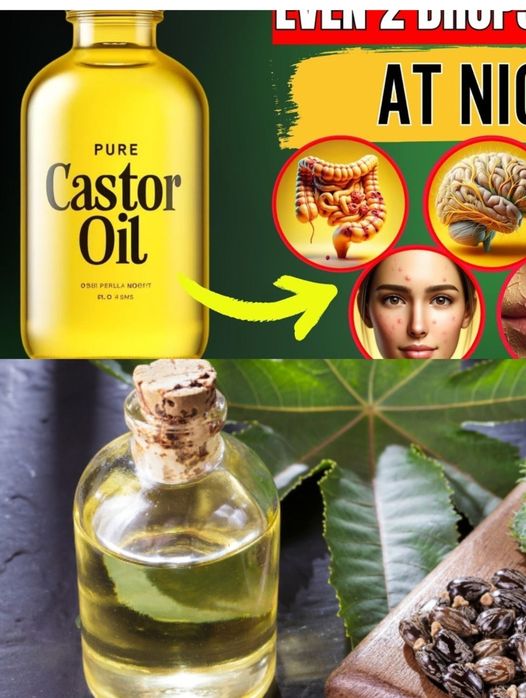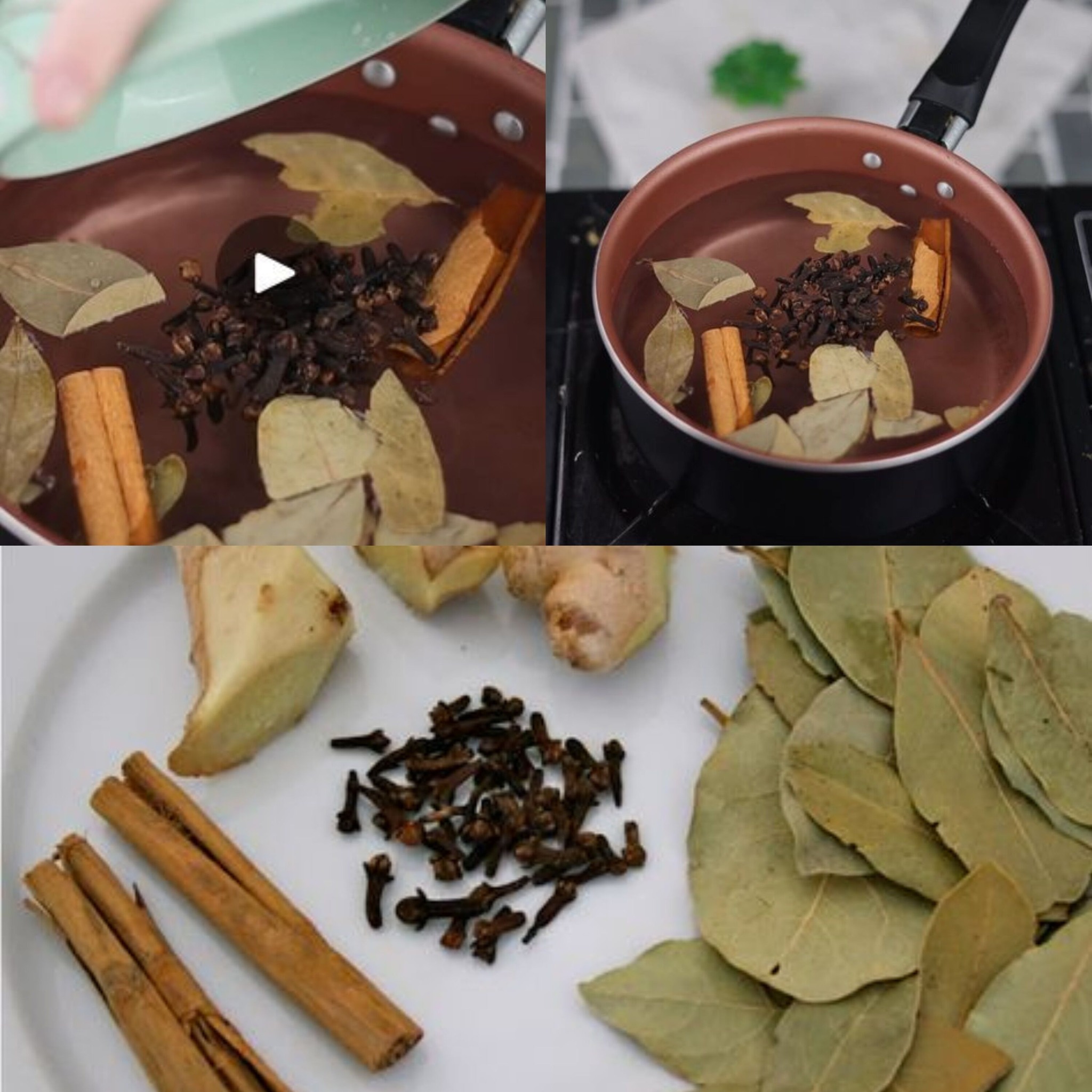Disclaimer: While these methods can provide some indication of honey purity, they are not definitive tests. For accurate analysis, laboratory testing is required.
The Water Test
- Fill a glass with water.
- Add a teaspoon of honey.
- Observe:
- Real honey: Will form a distinct lump at the bottom of the glass without dissolving immediately.
- Fake honey: Will dissolve quickly and evenly in the water.
The Thumb Test
- Place a small drop of honey on your thumb.
- Observe:
- Real honey: Will hold its shape and not spread easily.
- Fake honey: Will spread out quickly.
The Flame Test (Caution: Use with care)
- Dip a matchstick into the honey.
- Light the matchstick.
- Observe:
- Real honey: Will burn with a steady flame.
- Fake honey: Will not ignite or will burn unevenly.
Additional Tips:
- Check the Consistency: Real honey tends to be thicker and has a richer texture than fake honey.
- Look for Crystallization: Real honey naturally crystallizes over time, while fake honey often remains in liquid form.
- Taste: Real honey has a complex flavor profile, while fake honey may taste overly sweet or artificial.
Remember: These methods are not foolproof. For certified pure honey, consider purchasing from reputable beekeepers or honey producers.
Would you like to know more about honey or other food authenticity tests?



